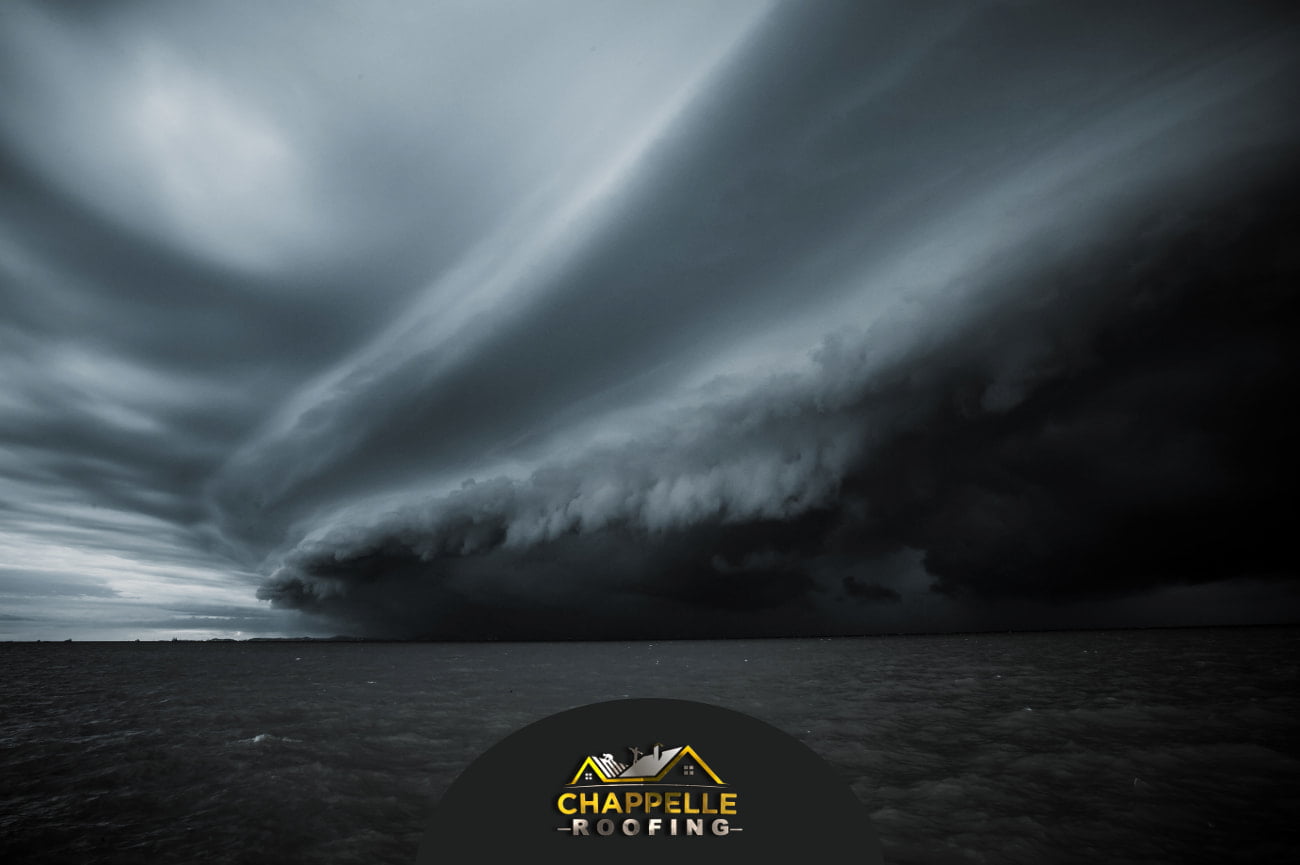If you reside in the sunshine state of Florida, we must ask you: How well are you prepared for hurricane season? The answer might differ from household to household, and if your answer is positive, good job. But on the other hand, if your answer is negative, then it’s a good thing you’ve clicked on this blog.
Since Hurricane Ian, it’s understandable that you would have been left with some trauma. The period when Hurricane Ian roared through Florida in 2022 and inflicted serious hurricane roof damage to many homes was simply devastating. This hair-raising hurricane was marked in history as the most expensive hurricane to hit Florida, leading to massive amounts of homes in need of roof repairs.
When Is Hurricane Season, and What Causes a Hurricane to Form in the First Place?
Hurricane season in Florida usually occurs from June to November, but September is the month when hurricanes are most active in that area.
What Causes Hurricanes to Form?
Alright, imagine you’re at the beach, and it’s a super-hot and sunny day. The ocean’s water gets warmed up by the sun, which turns into vapor, kind of like steam rising from a pot of boiling water. This warm, moist air starts to rise into the sky because it’s lighter than the cooler air, and as this warm air rises, more air from its surroundings fills the void it left near the surface of the ocean. This causes new air to heat up and rise, and the cycle continues. From there, a swirling motion is created, i.e., a giant invisible whirlpool in the atmosphere.
Now, if these swirling winds keep getting stronger and faster, and if the ocean water is really warm, they can start to form a big, round storm called a tropical cyclone (the official name for hurricanes and typhoons). As the storm gets more powerful, it begins to suck up even more moisture and heat from the ocean. The warm air from the ocean rises in the center, cools down as it goes higher, and then releases all the moisture it carries, creating those dark and stormy clouds.
What Is the Best Way to Prepare for Hurricane Roof Damage?
Imagine your roof as a trusty shield guarding your home from those wild and furious storms. You definitely want it to be top-notch in protecting your roof from hurricane damage, right? So, when you’re preparing for hurricane season, go for asphalt shingles that can handle strong winds. Also, here’s a little tip: opt for the 6-nail shingles instead of the 4-nail ones, because they’re better at protecting against devastating weather conditions. What’s even more important, if you spot any loose shingles, just grab some roof adhesive and make sure they’re all snugly attached (don’t wait until the last minute because these glues take 2-3 weeks to cure properly).
Benefits of Choosing Chappelle Roofing as Your Hurricane Damage Roof Replacement Contractor
Hurricanes are no joke, and it’s super important to take them seriously. One key thing is to always be ready for whatever weather comes your way. A good start is to keep an eye on your roof’s condition, and if you’re not sure, bring in a roofing expert that specializes in hurricane roof repair or replacement. Speaking of roof maintenance, it’s a smart move to check for any roof damage after a hurricane by getting in touch with professional roofing contractors.
Looking for pros to handle hurricane damage roof replacement? Give a shout to Chappelle Roofing, a hurricane roof replacement company in Florida.





